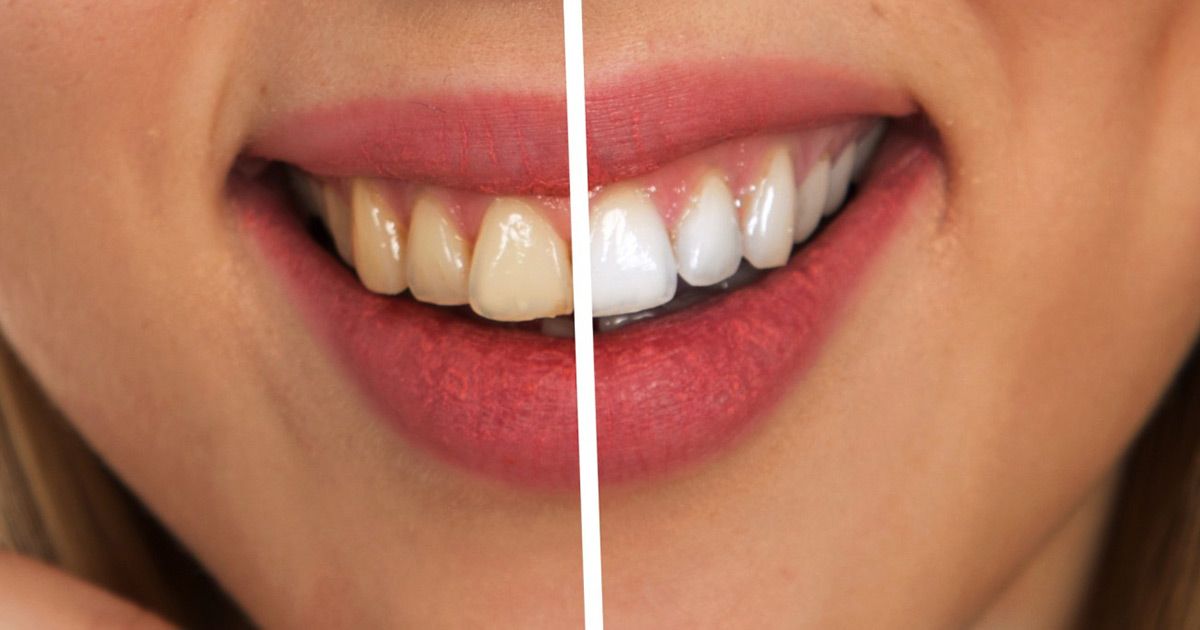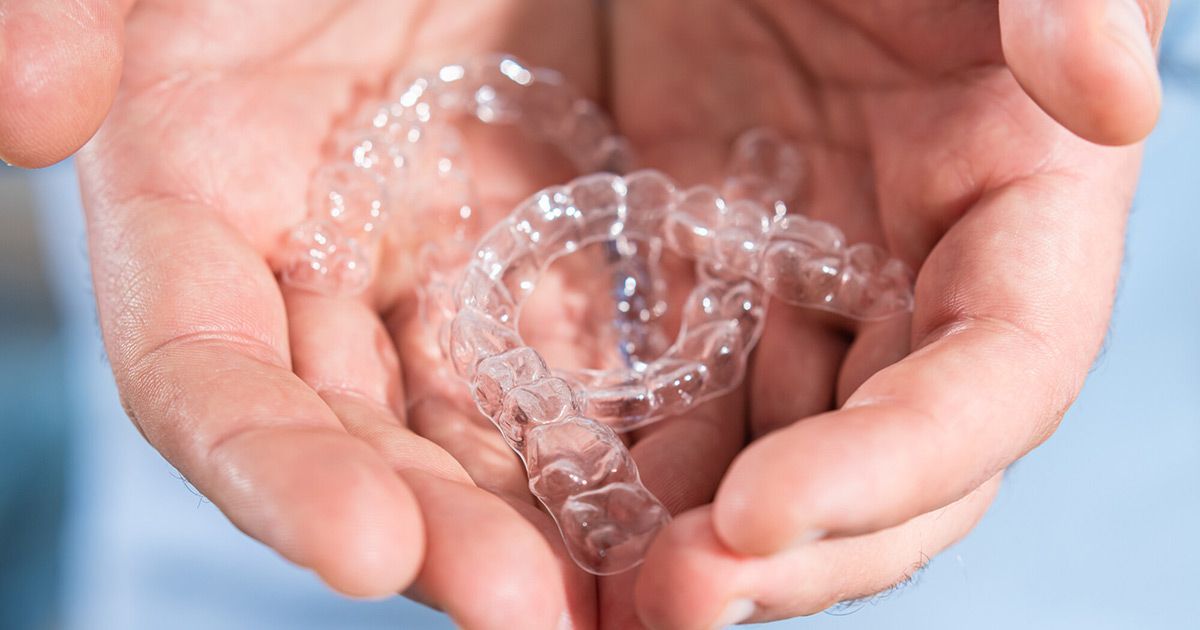Oral Disease and Periodontics: What You Need to Know
Here we will help you understand the main symptoms of oral diseases like gingivitis and how periodontics is offering solutions.
About 3.5 billion people worldwide have oral disease. In fact, almost 10% of the global population has severe periodontal (gum) disease. Periodontics could help.
Periodontics is a dental specialty that focuses on diagnosing, preventing, and treating periodontal disease.
Before visiting a periodontist, it can help to learn how to identify periodontal diseases like gingivitis. Then, you can talk to your periodontist about the different treatment options available.
They could even help you determine how to reverse periodontal disease naturally with at-home treatments.
Want to learn more about periodontal disease? Read on to discover everything you need to know today!
What is Gingivitis?
About four in 10 adults ages 30 years or older had gum disease within a five-year period. Another 40% of adults reported feeling pain in their mouth within the last year. Many of these patients developed gingivitis.
Gingivitis is an inflammation of the gums. When left untreated, gingivitis can develop into a more serious infection, periodontitis.
Plaque is a thin film of bacteria that often forms against the surface of the teeth. Over time, plaque can harden into tartar. You'll need a dentist to remove tartar from your teeth.
Food and plaque can sometimes get trapped in a sulcus. The sulcus is a small space where the gums attach to our teeth. When food and plaque get trapped, gum infection can start to develop.
Gingivitis could cause your gums and teeth to separate when left unattended. It can also injure the bone and soft tissue that support your teeth.
With time, your tooth could become loose and unstable, too.
Certain risk factors can increase your chances of developing gingivitis, including:
- Crooked teeth
- Smoking or chewing tobacco
- Dental appliances that fit poorly
- Pregnancy
- Genetic factors
- Broken fillings
- Diabetes
- Consuming medications like steroids, anticonvulsants, or oral contraceptives
If you develop gingivitis, it's important to consider periodontics for treatment. Otherwise, gingivitis can develop into periodontitis. Your risk of tooth loss could increase as a result.
Symptoms
Most people don't realize when they're experiencing symptoms of gum disease. Symptoms of gingivitis can include:
- Red, tender, or swollen gums
- Foul-smelling breath that doesn't subside after you brush your teeth
- Gums that bleed when you brush or floss
- Loose teeth
- Gums that pull away from your teeth
- Partial dentures that no longer fit
- Sensitivity
- Pain when chewing
- Pus between your gums and teeth
- A change in how your teeth fit together when you bite
Let your dentist know right away if you begin experiencing these symptoms.
Your dentist can use X-rays to check for bone loss. They can also check for inflammation.
Treatment
When caught right away, you can treat gum disease with antibiotic medications, a deep cleaning, or surgery.
Your dentist might suggest different techniques to deep clean your teeth. A deep cleaning will remove plaque and tartar.
For example, they might suggest root planing. This technique smooths any rough spots. It also ensures plaque and tartar are removed from the surface of the roots.
Scaling can also remove tartar from above and below the gum line.
If you're in pain, your dentist might suggest a laser to remove the tartar as well.
Medications can also treat gum disease, including:
- Antibiotic microspheres
- Doxycycline
- Oral antibiotics
- Antiseptic mouthwash
- Time-release antiseptic chips
You can speak with your dentist to determine the best course of action for treatment.
At-Home Remedies
Wondering how to reverse periodontal disease naturally? First, make sure to visit your dentist. Periodontics will ensure you receive the best course of treatment.
Otherwise, consider:
- Green tea, which could reduce inflammation
- Mouthwash that contains hydrogen peroxide (don't swallow it)
- Rinsing your mouth with warm salt water
- Oil pulling (rinsing or swishing using coconut oil)
Otherwise, make sure to brush and floss twice a day. Use fluoride toothpaste and an antibacterial mouthwash to prevent bacteria from spreading.
What is Periodontitis?
What is periodontitis?
Remember, gingivitis can progress into periodontitis without treatment. This form of gum disease begins with inflammation in the gums. Periodontitis could damage your teeth and bones.
Over time, your gums will start to recede from your teeth. Small pockets will begin to form between your teeth and gums. Without treatment, you could experience bone loss as well.
Moderate periodontal disease can cause bleeding and pain. Your teeth could become loose as well.
As the condition advances, the connective tissue that holds your teeth into place might begin to deteriorate.
Symptoms
Common periodontal disease symptoms include:
- A buildup of plaque and/or tartar on the teeth
- Pain when chewing
- Gums that bleed when you brush or floss
- Bad breath
- Changes in the position of your teeth
- Loose teeth
- Receding gums
- Red, tender, or swollen gums
- Tooth loss
- A foul taste
- Inflammatory response
When left untreated, complications can occur. You might develop painful abscesses and receding gums. Your risk of respiratory disease, diabetes, and heart disease will increase as well.
Causes
What periodontal disease causes do you need to watch out for?
Failing to brush your teeth allows bacteria to multiply and spread. Plaque and tartar will begin to form as a result. Tartar encourages more bacterial growth near the root of your tooth.
Your body will respond with inflammation to try and fight the bacteria. Meanwhile, bacteria will release toxins that could destroy your teeth, gums, and supporting bone structures.
What is Periodontics?
Periodontics can help if you've developed gum disease. Your periodontist can determine the best course of action for periodontal disease treatment.
For example, they might prescribe a tray delivery system for you to wear at home. You can put prescription medication on the trays, which fit around your teeth.
If your gums are receding, you might need surgery. For example, regenerative procedures can encourage new bone and tissue growth. Other procedures include:
- Laser treatments
- Dental implants
- Periodontal pocket reduction procedures (osseous surgery)
- Dental crown lengthening
Review these options with your periodontist to determine the treatment that's right for you.
Goodbye, Oral Disease: Your Guide to Periodontics
Don't let bacteria destroy your smile. Instead, consider periodontics. With periodontal disease treatment, you can keep bacteria from spreading.
Then, you can restore the natural appearance of your smile with ease.
Want to discuss your treatment options with a professional? We can help.
Contact us today to get started.





